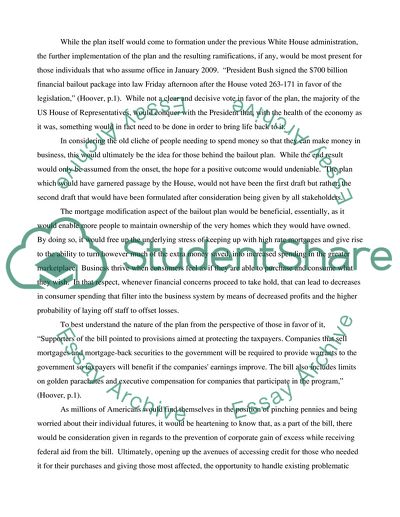Cite this document
(“Federal Bailout Research Paper Example | Topics and Well Written Essays - 1500 words - 1”, n.d.)
Federal Bailout Research Paper Example | Topics and Well Written Essays - 1500 words - 1. Retrieved from https://studentshare.org/miscellaneous/1560957-federal-bailout
Federal Bailout Research Paper Example | Topics and Well Written Essays - 1500 words - 1. Retrieved from https://studentshare.org/miscellaneous/1560957-federal-bailout
(Federal Bailout Research Paper Example | Topics and Well Written Essays - 1500 Words - 1)
Federal Bailout Research Paper Example | Topics and Well Written Essays - 1500 Words - 1. https://studentshare.org/miscellaneous/1560957-federal-bailout.
Federal Bailout Research Paper Example | Topics and Well Written Essays - 1500 Words - 1. https://studentshare.org/miscellaneous/1560957-federal-bailout.
“Federal Bailout Research Paper Example | Topics and Well Written Essays - 1500 Words - 1”, n.d. https://studentshare.org/miscellaneous/1560957-federal-bailout.


